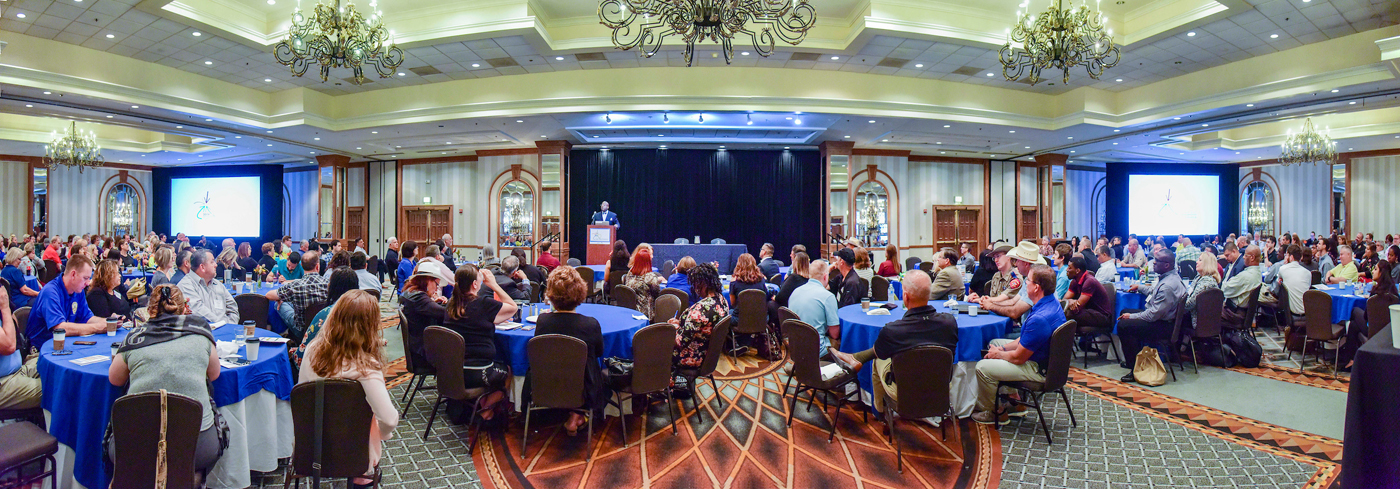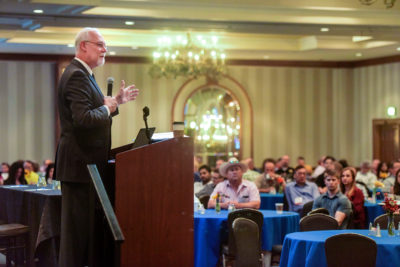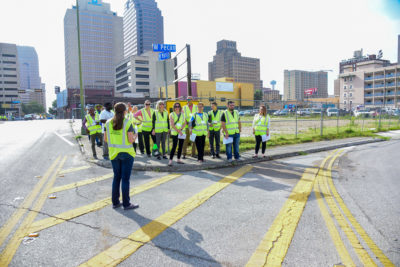 On May 30, in a bold move to end traffic deaths, the Texas Transportation Commission directed the Texas Department of Transportation (TxDOT) to cut traffic fatalities in half by 2035 and end them entirely by 2050. These goals are a natural outcome of the current TxDOT #EndtheStreak campaign, which “encourages Texans to drive safely to help end the streak of daily deaths on our roadways.” (For more information on TxDOT’s adoption of the zero deaths goal, see the media information at https://www.txdot.gov/inside-txdot/media-center/psas/end-streak.html).
On May 30, in a bold move to end traffic deaths, the Texas Transportation Commission directed the Texas Department of Transportation (TxDOT) to cut traffic fatalities in half by 2035 and end them entirely by 2050. These goals are a natural outcome of the current TxDOT #EndtheStreak campaign, which “encourages Texans to drive safely to help end the streak of daily deaths on our roadways.” (For more information on TxDOT’s adoption of the zero deaths goal, see the media information at https://www.txdot.gov/inside-txdot/media-center/psas/end-streak.html).
“We all know about the causes of traffic fatalities,” said Michael Chacon, director of TxDOT’s Traffic Safety Division, in response to the commission’s announcement. “Developing strategies to achieve this goal will take all of us working together.”

Working together is one of the primary goals of the annual Traffic Safety Conference which, coincidentally, was under way when the commission issued its directive. Some 350 transportation safety professionals gathered this year in San Antonio May 29–31 to discuss the causes of (and strategies to prevent) traffic crashes. Hosted by the Texas A&M Transportation Institute (TTI), the conference is supported by TxDOT.
“I view the action by the commission as a turning point in the history of traffic safety in Texas,” Robert Wunderlich, director of TTI’s Center for Transportation Safety, told attendees.
Pedestrian Deaths on the Rise
Tragically, traffic safety trends are currently heading in the wrong direction. For example, pedestrian deaths in Texas jumped from 357 in 2010 to more than 600 last year. To highlight this problem, attendees were given a reflective vest to wear should they have a nighttime vehicle emergency. During the opening session, the attendees were shown a video demonstrating how much more visible pedestrians are to drivers when wearing a reflective vest (View the video). A walking tour highlighted numerous downtown San Antonio pedestrian safety improvements, with guides noting improvements implemented by the city.
“In Austin, pedestrians make up about 30 percent of our fatalities each year. Last year that was over 40 percent of our total fatalities,” Pedestrian Coordinator Joel Meyer of the Austin Transportation Department reported during a panel discussion.
“Business as usual is not working,” echoed Active Transportation Program Manager Kevin Kokes of the North Central Texas Council of Governments. “The number [of pedestrian fatalities] keeps going up. Why are we accepting so many crashes and fatalities? What can we do across the region and state to make this more of an urgent matter?”
Distracted Driving: What’s the Cure?

Austin Police Detective Pat Oborski described how his department uses transit buses to observe unsuspecting drivers who are texting while driving. Austin’s strict texting ban took center stage during one conference breakout session. Violators are subject to a $500 fine if caught holding any electronic device while operating a vehicle or bicycle. Despite such efforts, Oborski says, “We still have a very big problem.”
“Distraction is a significant safety concern. Over 3,000 lives were lost in 2017 in the United States,” noted TTI Senior Research Scientist Mike Manser. “In Texas, about 19 percent of motor vehicle crashes involve some level of distraction.”
Impairment, Self-Driving Cars, and the Promise of Safer Roadways
“We continue to lose 10,000 lives a year as a result of alcohol impairment,” reported David Harkey, president of the Insurance Institute for Highway Safety, during his luncheon address. He also noted the increase in crashes resulting from more states voting to legalize marijuana. “We’ve shown there’s about a 5 percent increase in crashes associated with that.”
Impairment of human driver certainly contributes to crashes, but the ubiquitous presence of driverless cars helping to solve that problem isn’t happening anytime soon, TTI Agency Director Greg Winfree noted during his opening session speech.
“Automated travel holds considerable promise for saving lives,” Winfree told attendees. “But we are 20 or 30 years away from widespread use of these new technologies. While we’re preparing for this new transportation future, we need to enhance the safety and behavioral strategies we already have today.”
Referring to the commission’s directive, Wunderlich closed the conference by urging audience members to wake up every day thinking about ways to cut traffic deaths in their hometowns. “Maybe we won’t get to zero, but I’ll tell you what, we darn sure ought to try,” Wunderlich stated emphatically. “I know this is the group that will help do that.”